This post comes to you from Alfonso Rodríguez, Pure Earth’s new country director in Colombia.
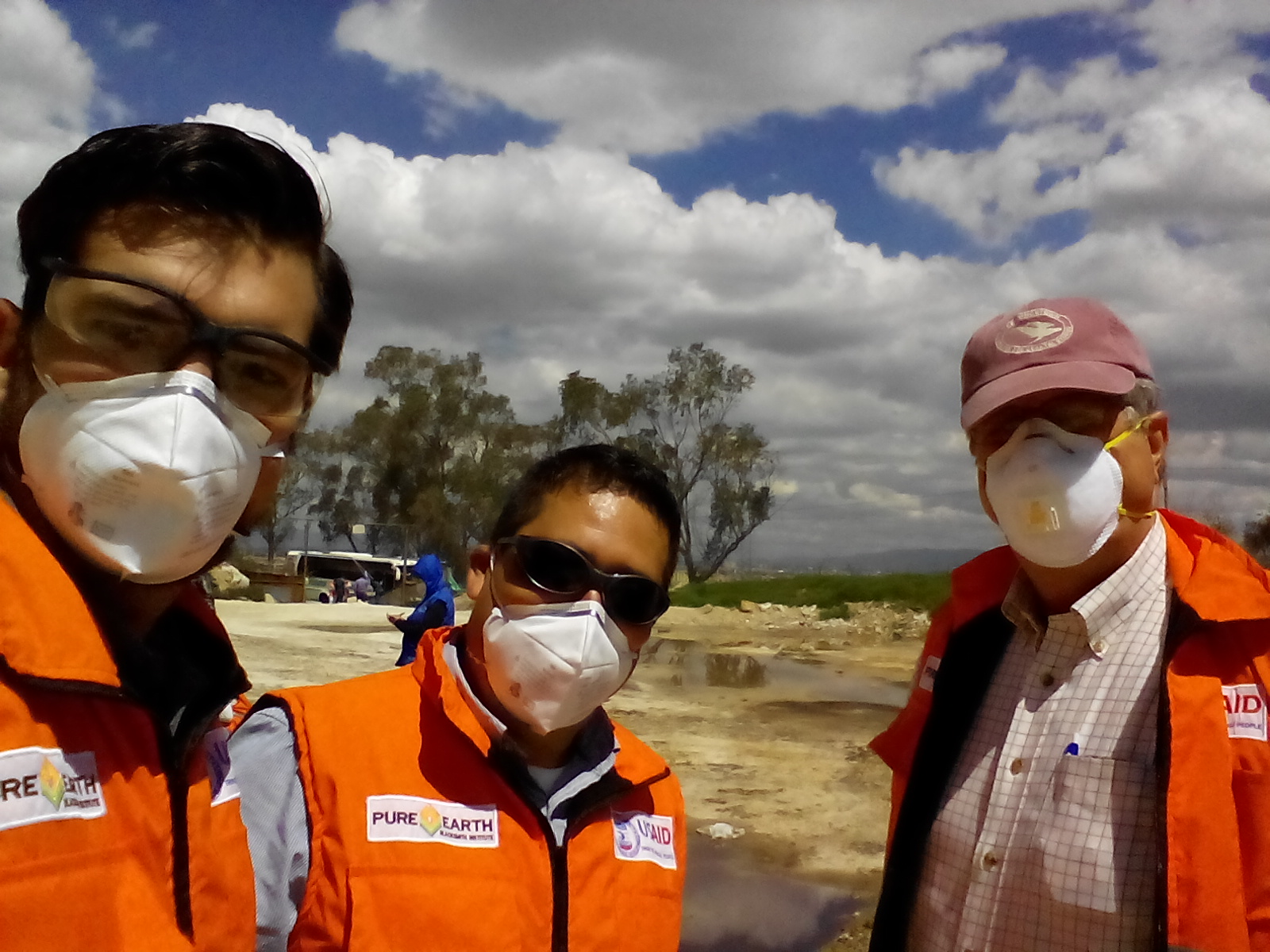 The Pure Earth team at a toxic site visit in Colombia: (l to r) Daniel Estrada, Alfonso Rodríguez, John Keith
The Pure Earth team at a toxic site visit in Colombia: (l to r) Daniel Estrada, Alfonso Rodríguez, John Keith
Pure Earth has expanded its Toxic Sites Identification Program (TSIP) in Colombia as part of a new project funded by USAID to reduce the threats of toxic chemical pollution on human health in low- and middle-income countries.
Colombia is the only country in South America included in the USAID project, which will train investigators to identify, assess and document toxic sites. The other countries in the project are located in Asia, Africa and the Caribbean.
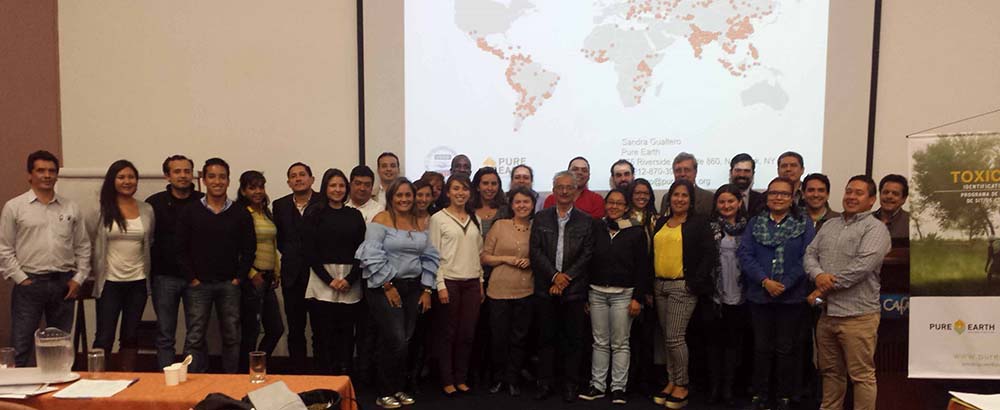
FIVE REGIONS, OVER 25 SITES, 1,500 POTENTIAL ENVIRONMENTAL LIABILITIES
In a first meeting in October between Pure Earth and the Ministry of Environment and Sustainable Development in Colombia, we agreed to prioritize work in five geographic areas–Nariño, Valle, Atlántico, Bolívar and Cundinamarca, which includes the country’s capital, Bogotá.
The main objective will be the analysis of legacy or orphan sites with pollution problems stemming from pesticides, PCBs and some heavy metals such as lead, cadmium, arsenic and mercury.
Our TSIP project has targeted at least 25 sites in the country for initial site screenings with the aim of recording all the information within the TSIP database–a comprehensive global inventory of toxic sites that is one of the biggest repositories of pollution data in the world.
The crucial data provided by the TSIP investigations will help the Colombian national government fill a gap–the lack of an information system for the analysis and control of contaminated sites. The information will enable experts and the government to better understand the scope of the problem in Colombia, and what needs to be done.
This project comes just as the Colombian government is beginning to develop a strategy for environmental liabilities (pasivos ambientales) management following the 2015 identification of more than 1,500 sites as potential environmental liabilities.
THE INVESTIGATORS
One of the first activities of the project in Colombia was the training workshop for investigators and government officials of the local and regional environmental authorities, which was held on December 5 and 6, 2016.
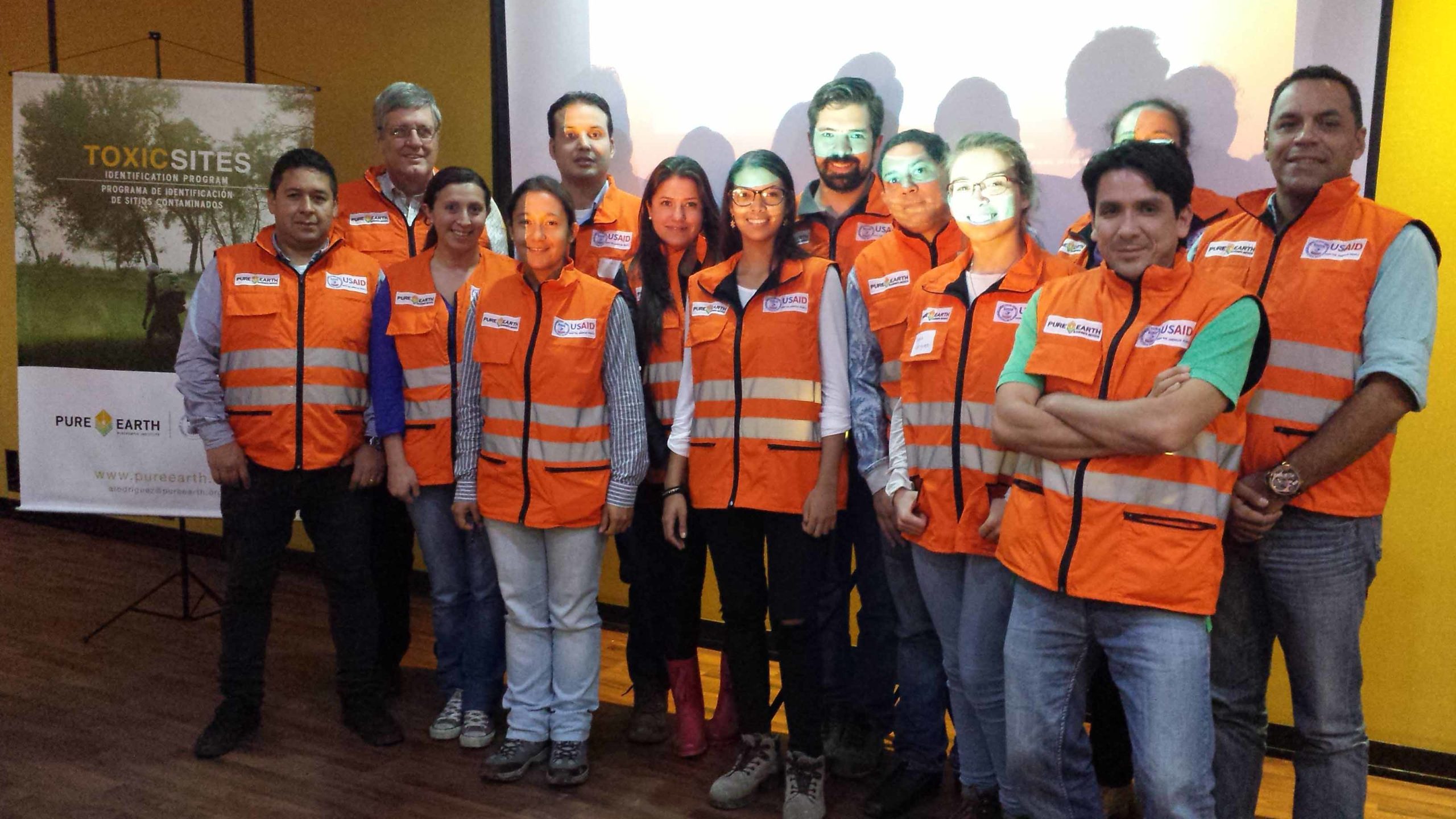
In total there were 33 participants, of which 11 were Pure Earth investigators/researchers and 22 officials from a range of environmental authorities in Colombia. The gender equal group included 15 men and 18 women.
It should be noted that of all the training that Pure Earth has developed in countries around the world, this had one of the largest number of researchers and government officials in attendance.
TOXIC SITE VISIT
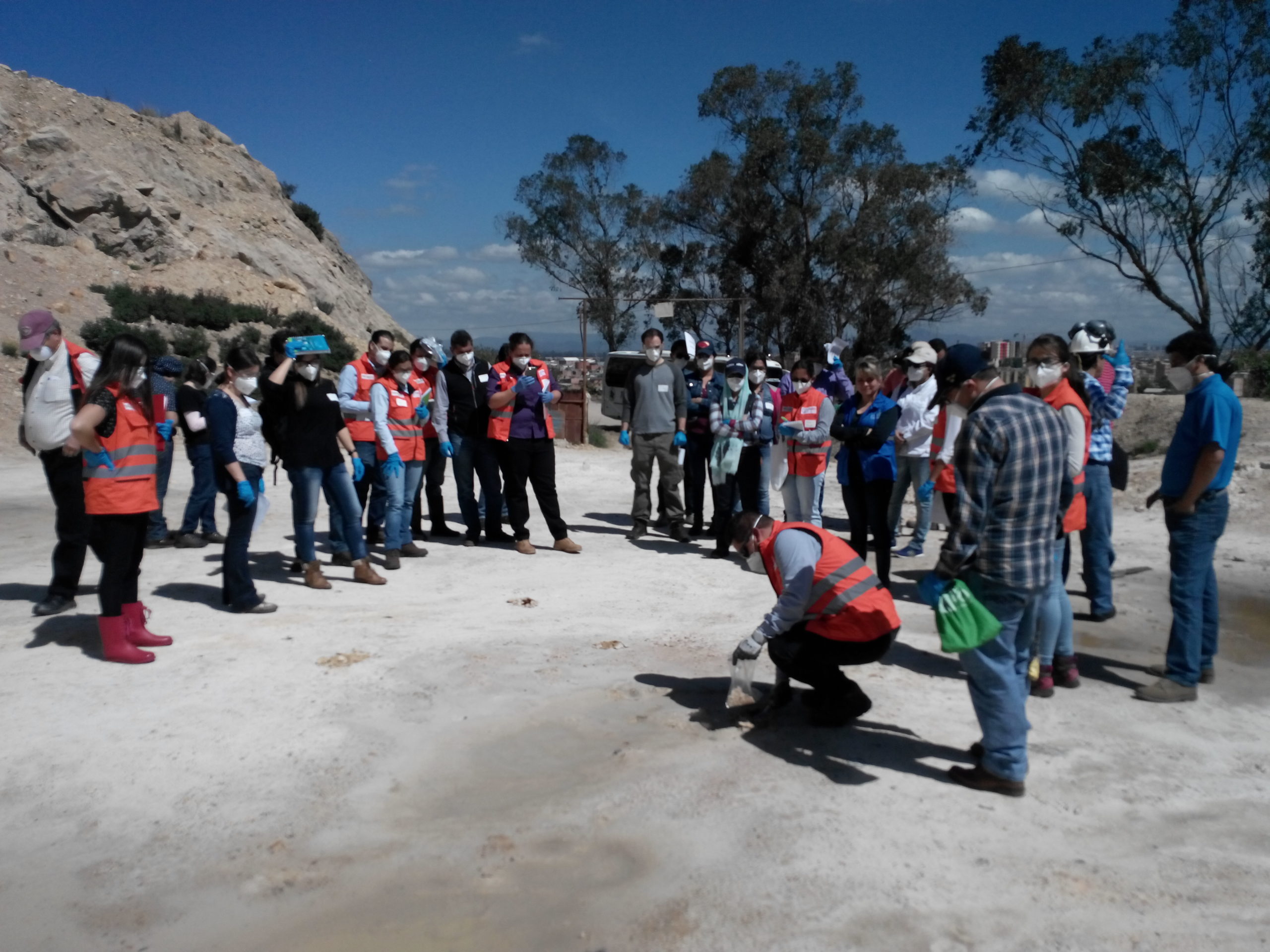
During the training course, the group visited a contaminated site–an abandoned sand quarry that was converted into a dumpsite for dangerous substances and used for the production of charcoal.
The site is suspected to contain hydrocarbons, asphalt, and demolition residues. Furthermore, the site is located next to a lead recuperating operation, which emits toxic lead particulates through smelting.
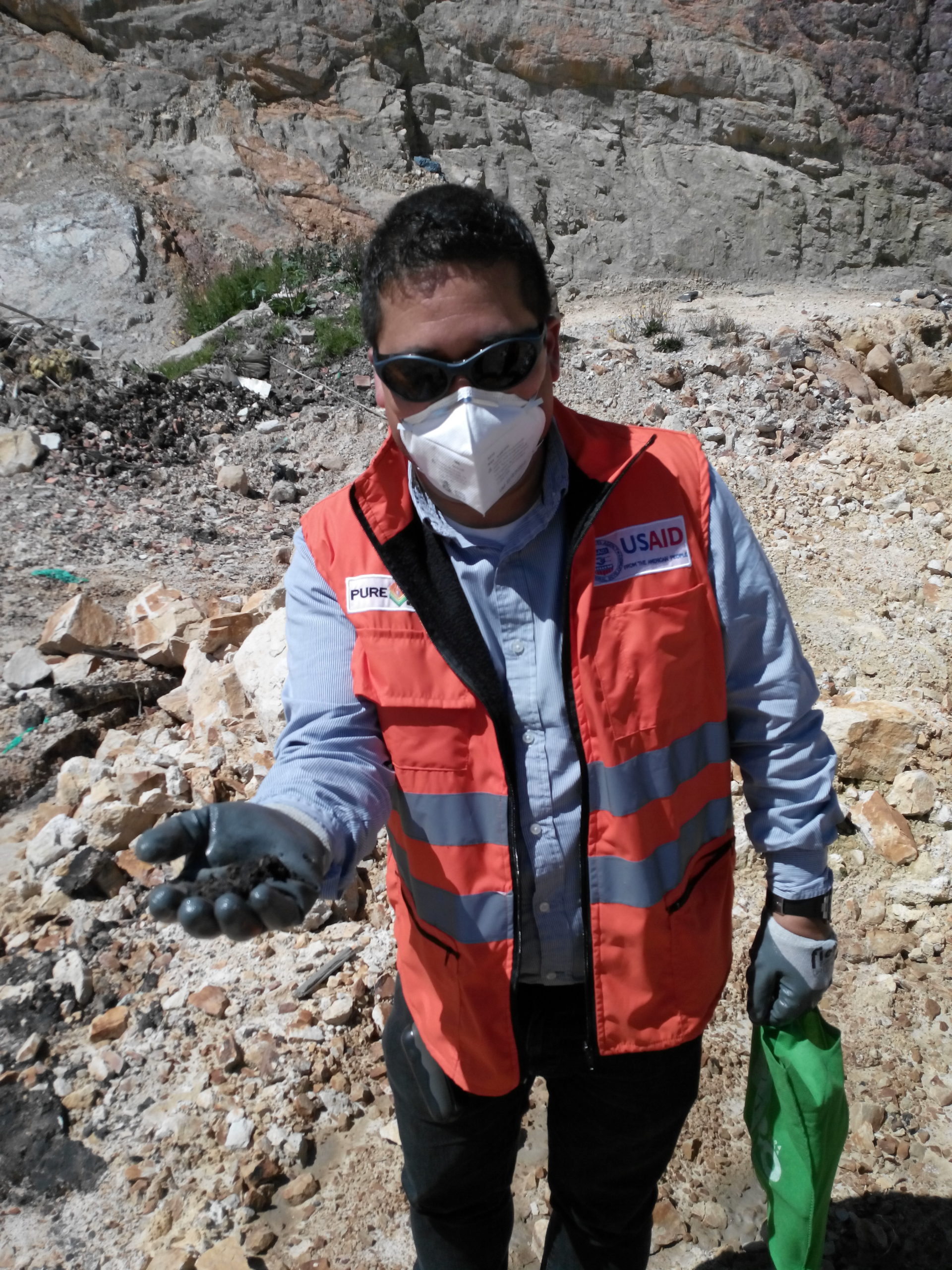 Alfonso Rodríguez, Pure Earth’s new country director in Colombia, leading the toxic site inspection. In his hand he holds some hazardous material found on the site.
Alfonso Rodríguez, Pure Earth’s new country director in Colombia, leading the toxic site inspection. In his hand he holds some hazardous material found on the site.
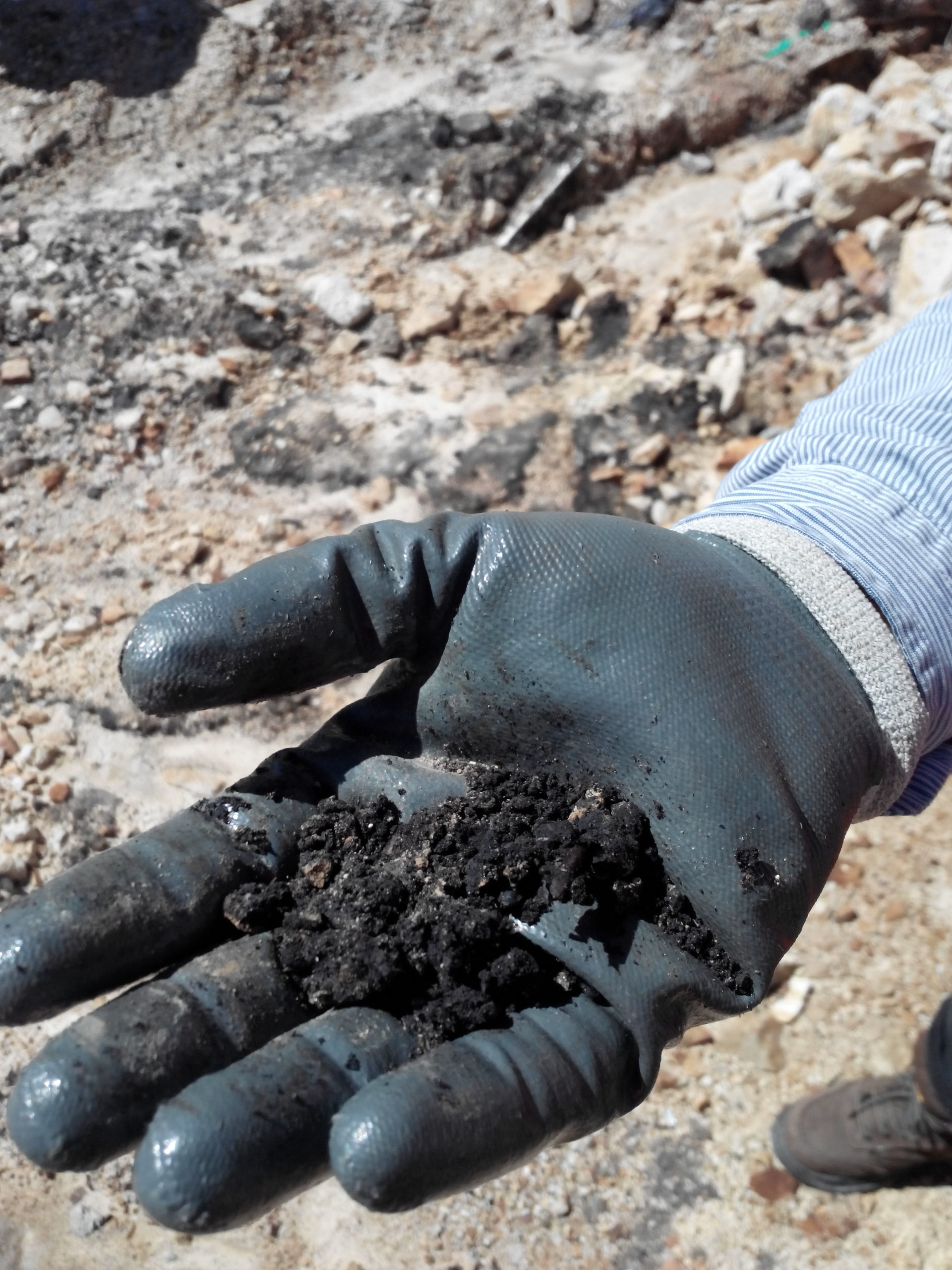
About ten individuals live in illegal settlements on the toxic site, which is located near a community of 3,500 people.
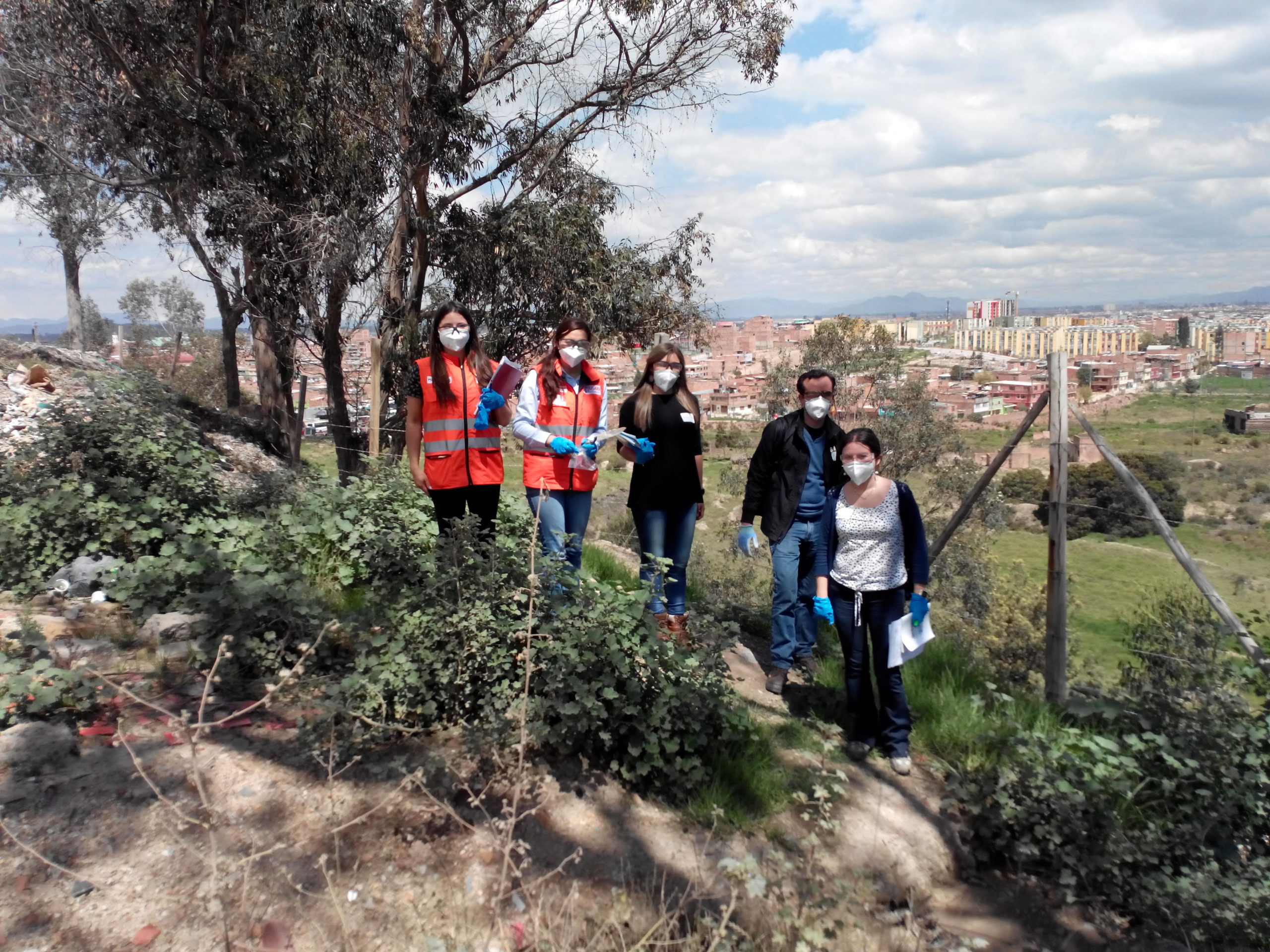 Investigators surveying the toxic site. In the background you can see the city of Soacha.
Investigators surveying the toxic site. In the background you can see the city of Soacha.
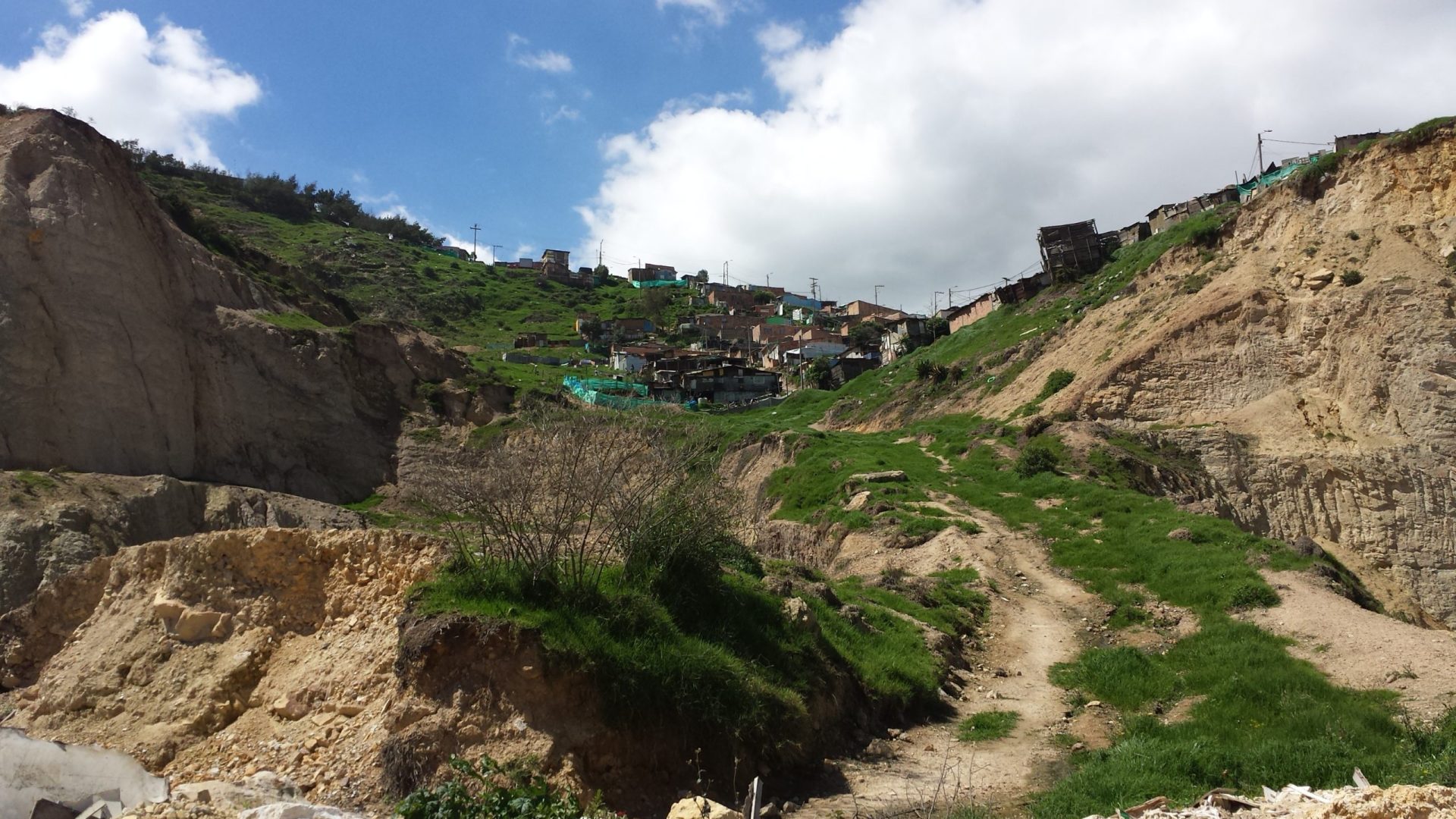
A practical site inspection and soil sampling exercise was carried out by the groups at the contaminated site, followed by training on how to enter the information in the TSIP database of contaminated sites.
The trained investigators will begin their evaluations of contaminated sites across the country in January 2017 with the support of 11 researchers and an important list of sites to visit.
ABOUT THE TSIP
The Toxic Sites Identification Program (TSIP) seeks to identify and screen contaminated sites in low- and middle-income countries, where public health is at risk. More than 3,100 sites globally have been identified so far, and more than 1,800 screened on site. These sites alone represent a potential health risk to more than 80 million poor people. The TSIP database of polluted sites is one of the largest of its kind in the world. International awareness about the adverse implications of toxic pollution on human health and the environment has significantly grown in the past several years, partially due to the TSIP and its database.
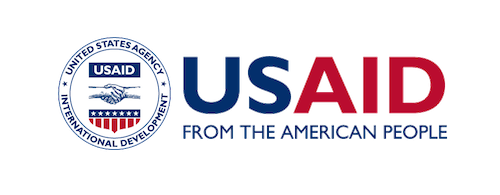
This project is supported by the USAID.



